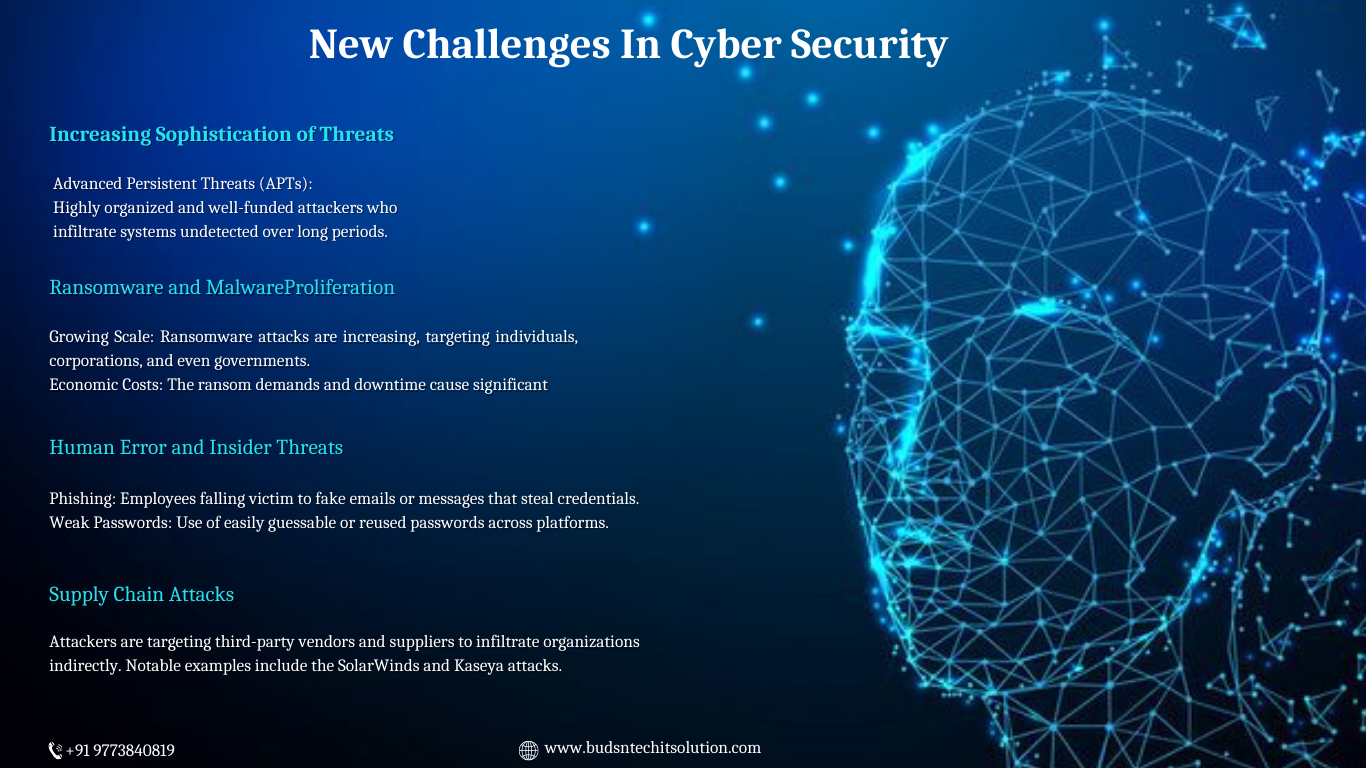Protect Remote Employees: New Challenges in Cyber Security
The rapid shift to remote work provoked by the COVID-19 pandemic has changed the way companies operate and the way employees interact with their organizations. While remote work offers many benefits, including flexibility and greater productivity, it also presents important challenges when it comes to cyber security. Organizations must now navigate a broader panorama of potential vulnerabilities to protect their data, networks and their overall reputation.
New panorama of cyber security
Traditional cyber security models are designed for office environments where employees are connected to a centralized network, often protected by firewalls, antivirus software and internal secure servers. However, with the increase in remote work, this perimeter-based security approach is no longer sufficient. Employees now work from different locations using their personal devices and home networks, making it difficult to effectively monitor and mitigate cyber threats. This change has significantly increased the attack surface, increasing the number of potential vulnerabilities that computer hackers can exploit.
Key cyber security questions in remote work
Networks and secure devices Remote workers often use personal devices such as laptop computers, smart phones and tablets to access company data. These devices can vary greatly in terms of security controls compared to devices provided by the company. Additionally, it is possible that Wi-Fi home networks may not have the same encryption and security measures as corporate networks, making them vulnerable to cybercriminals.
Solution: Companies should adopt integrated device management strategies, including mobile device management (MDM) and terminal security solutions. These technologies can enforce security policies on individual devices, ensuring that they are protected against malware, unauthorized access and other potential threats.
Phishing and social engineering attacks Cyberdelinquents increasingly target remote workers through phishing emails, social engineering tactics and online postings. These attacks are especially effective when employees work in isolation, which reduces the chances of detecting suspicious activities. Computer pirates may pose as trusted organizations or exploit current events to engage employees and obtain confidential information.
Solution: Regular training in cyber security is important for remote workers. Companies should hold frequent awareness sessions on how to recognize phishing attempts, suspicious links and false communications. Additionally, implementing multifactor authentication (MFA) can add an additional layer of security in case the login credentials are compromised.
Threats to security in the cloud As organizations become more dependent on tools and services based in the cloud for communication, the storage of files and collaboration, the security of these platforms is primordial. Although cloud service providers usually offer strong security measures, incorrect configurations and weak access controls can leave a company’s data exposed to cyber threats.
Solution: Necessary periodic security audits of cloud environments to ensure proper configuration and access controls. The adoption of a zero-trust security model, which assumes that no user is inherently worthy of trust, can help reduce the risk of data leakage. In addition, encrypting confidential data both at rest and in transit guarantees that it remains safe from unauthorized access.
Internal threats Remote work also increases the risk of internal threats, such that employees may intentionally leak or leak confidential information, abuse access privileges or ignore security protocols. The lack of personal monitoring makes it more difficult to monitor employee behavior and identify potential threats.
Solution: To mitigate internal threats, organizations should implement strong access control policies and follow the principle of least privilege (PoLP), which guarantees that employees only have access to the information necessary for their functions.

Leave a Reply